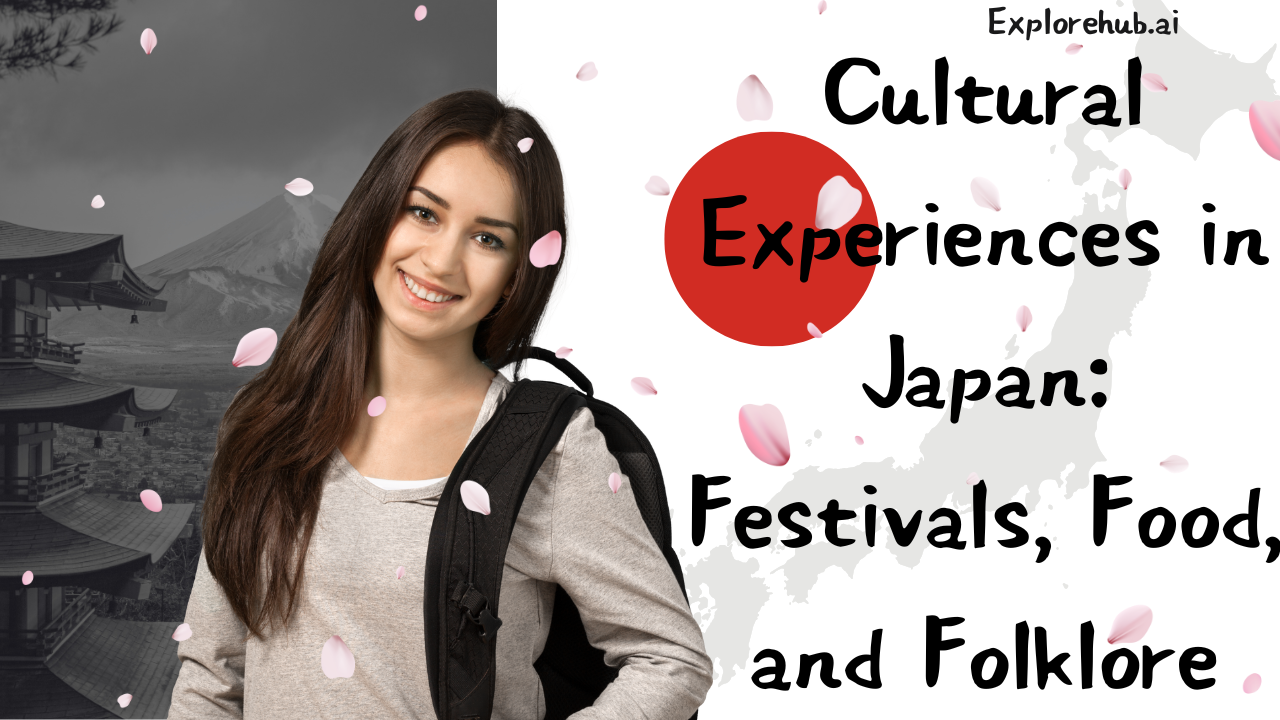When you think of Japan, what comes to mind? Is it cherry blossoms’ ethereal beauty? The meticulous artistry of sushi? Or perhaps, the thrilling tales of yokai and samurai? Japan’s culture is a tapestry woven with centuries of tradition, modern innovation, and a profound respect for nature. From its vibrant festivals to its delectable cuisine and intriguing folklore, Japan offers a cultural journey like no other.
Table of Contents
Festivals in Japan
Matsuri: The Heart of Japanese Festivals
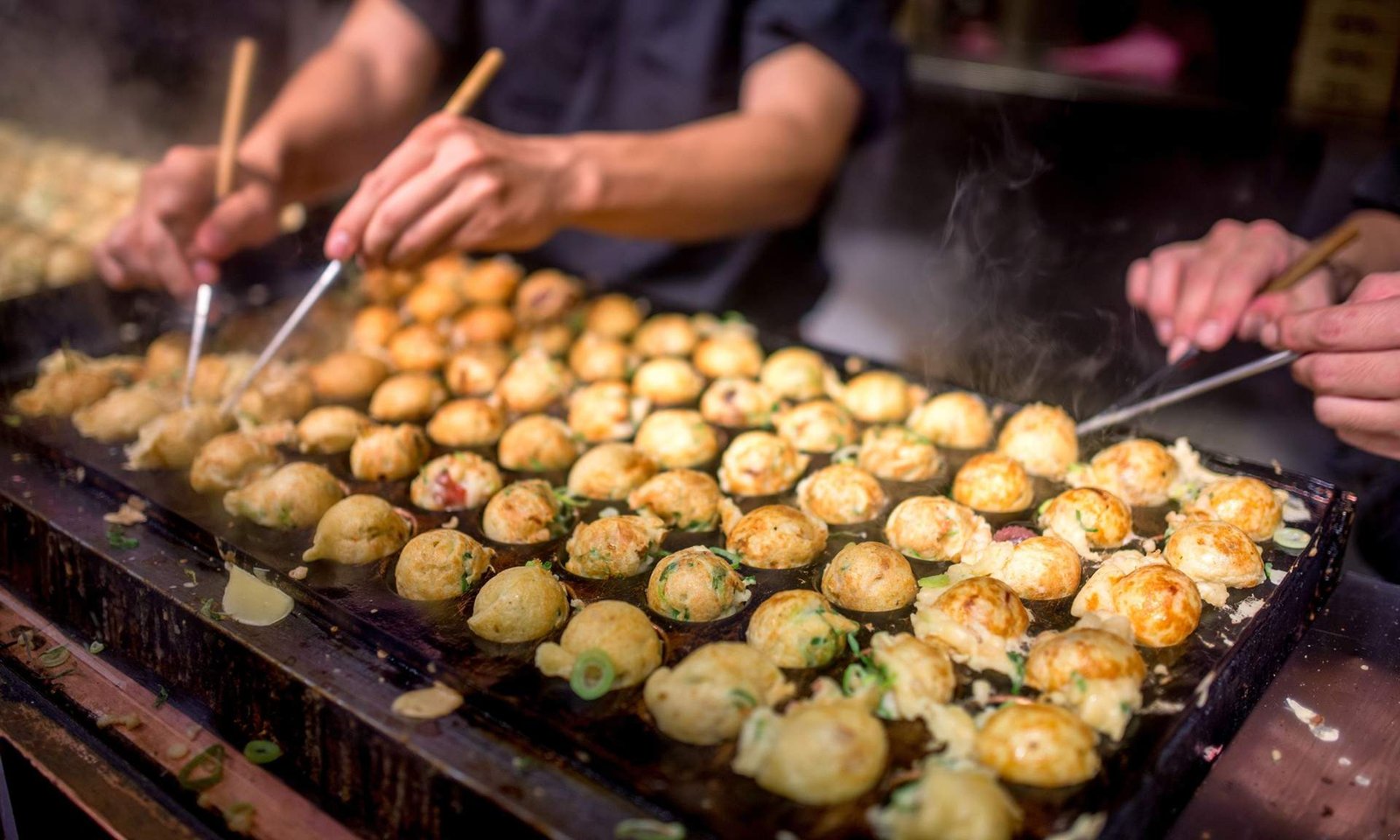
Matsuri, or traditional Japanese festivals, form the heartbeat of Japan’s cultural calendar. Rooted in Shinto and Buddhist beliefs, these festivals celebrate everything from seasonal changes to historical events. Expect colorful parades, dazzling floats, and a palpable sense of community.
Cherry Blossom Festivals (Hanami)
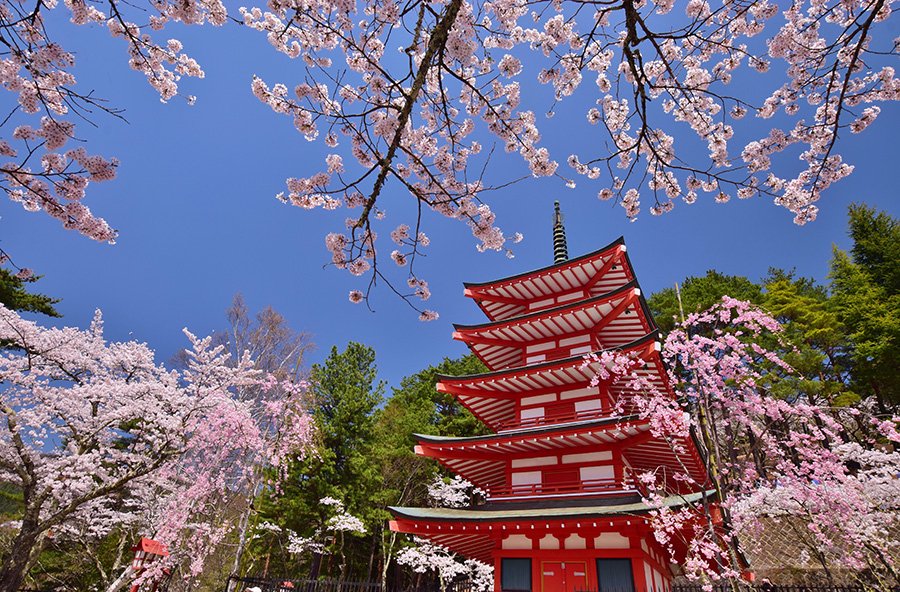
Hanami, meaning “flower viewing,” is more than just an appreciation of nature—it’s a celebration of life itself. During spring, locals and tourists alike gather under blooming sakura trees for picnics, poetry, and music.
Gion Matsuri in Kyoto
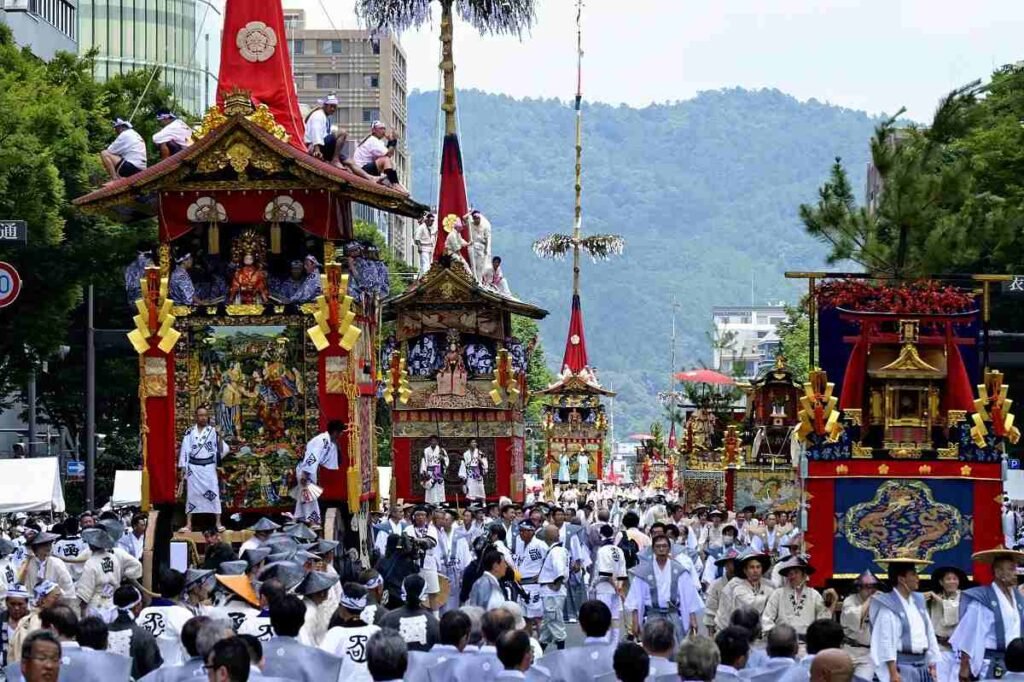
Arguably the most famous Matsuri, Gion Matsuri dates back over a thousand years. With its grand processions of elaborately decorated floats, this festival is a visual feast and a deep dive into Kyoto’s cultural history.
Obon Festival
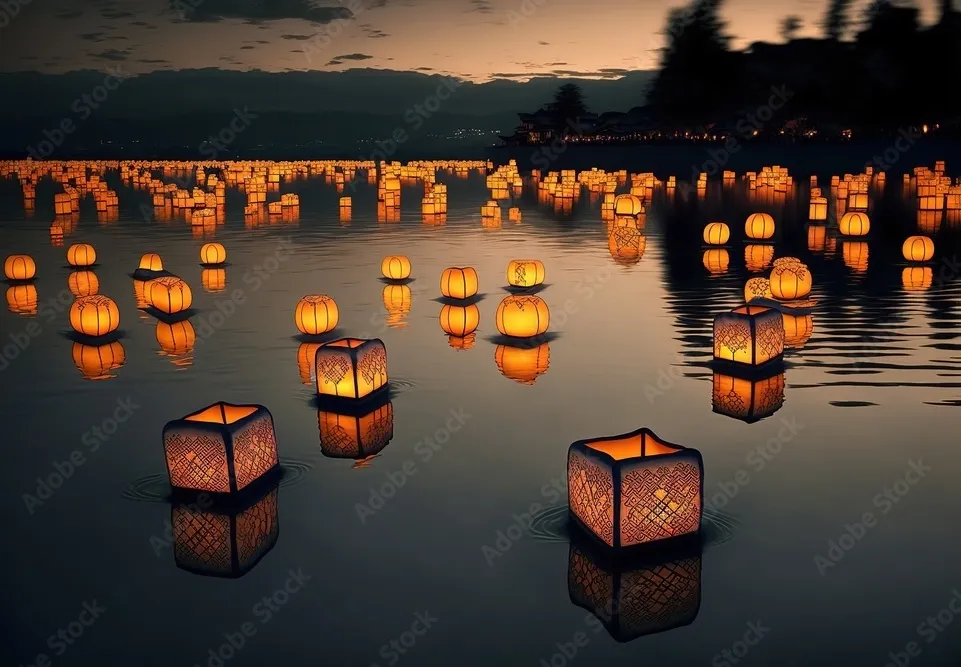
Obon is a time for honoring ancestors, marked by Bon Odori (folk dances), lantern lighting, and fireworks. It’s a beautiful way to experience Japan’s spiritual and familial traditions.
Japanese Cuisine: A Taste of Tradition
The Art of Sushi and Sashimi
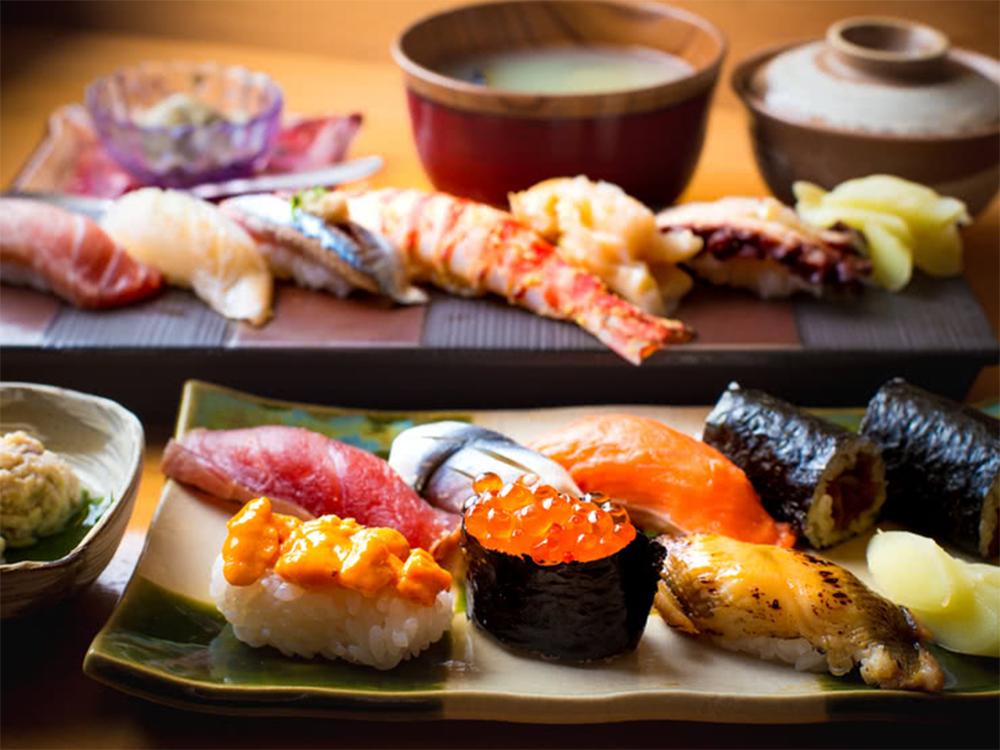
Sushi and sashimi are more than just food—they’re an art form. From the precise cuts of fish to the perfectly seasoned rice, every bite tells a story of craftsmanship and heritage.
Ramen: More Than Just Noodles

From Hokkaido’s miso ramen to Kyushu’s tonkotsu, ramen reflects Japan’s regional diversity and culinary ingenuity.
Wagashi: Traditional Japanese Sweets
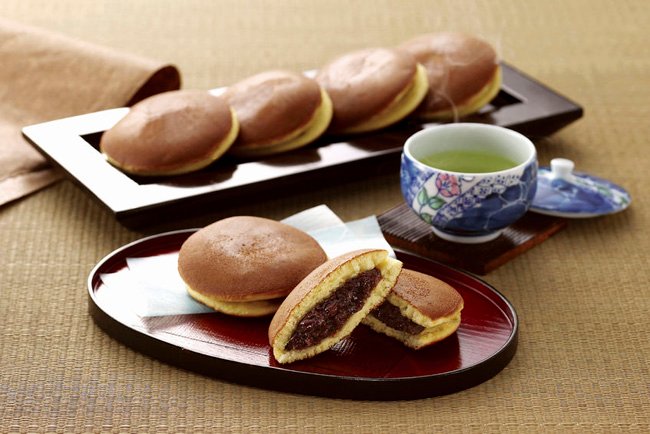
Wagashi, often paired with tea, are as visually stunning as they are delicious. These handcrafted sweets reflect the seasons and are steeped in symbolism.
Street Food Culture in Japan
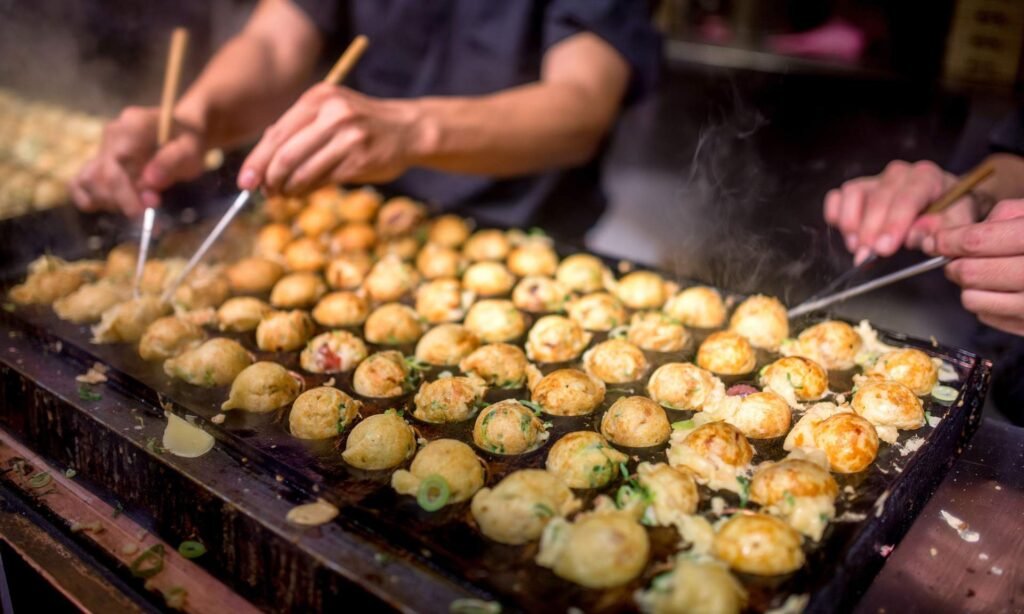
The street food scene in Japan is a sensory delight. Don’t miss takoyaki (octopus balls), yakitori (grilled chicken skewers), and taiyaki (fish-shaped pastries).
Japanese Folklore: Myths and Legends
The Role of Folklore in Japanese Society
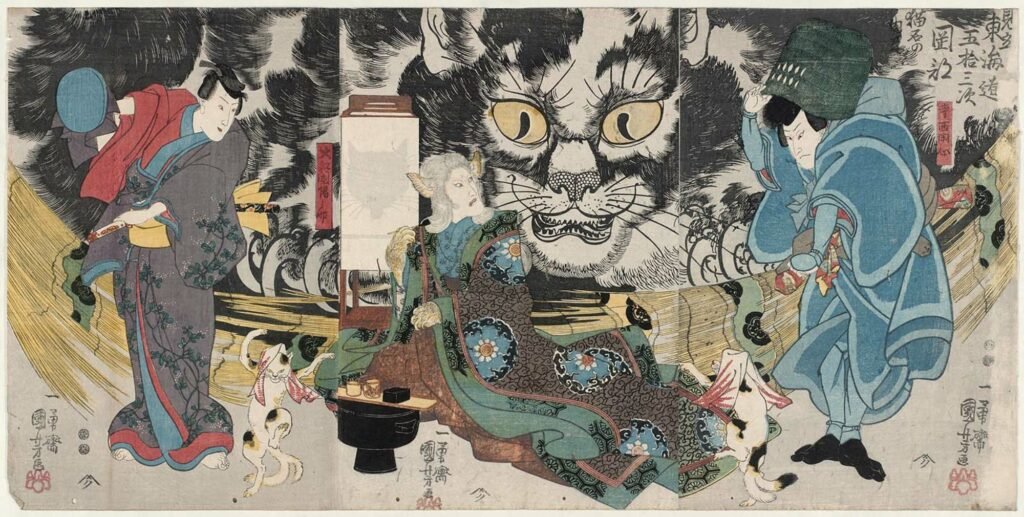
Folklore serves as a bridge between Japan’s past and present, teaching moral lessons and preserving cultural identity.
Famous Japanese Legends
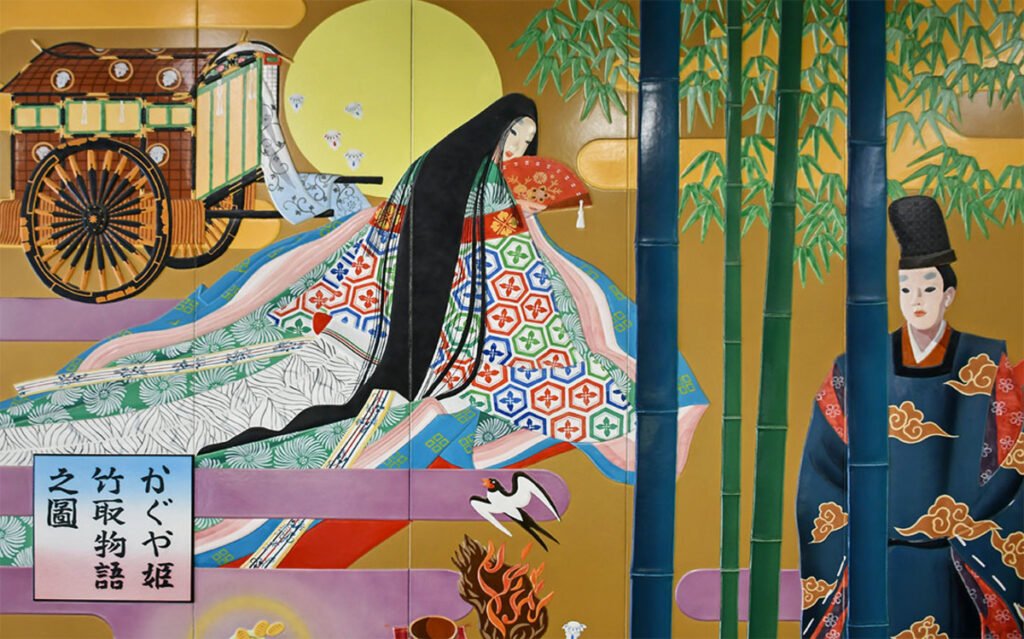
Japan’s legends are as varied as its landscapes. The Tale of Momotaro, about a peach boy who fights demons, and the Legend of the Tanuki, a mischievous shape-shifting animal, are among the most beloved.
Yokai: Japan’s Supernatural Creatures
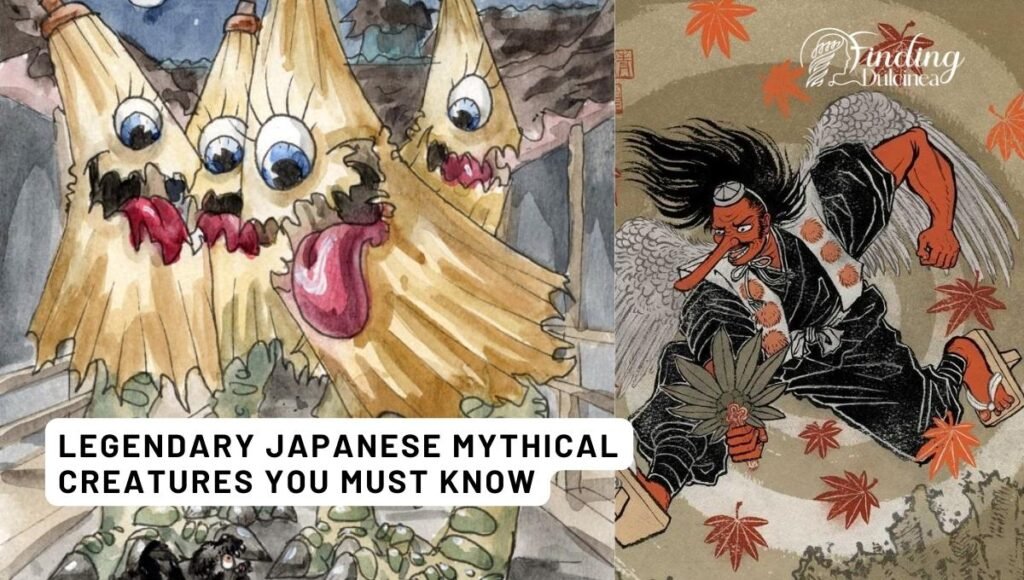
From the playful kitsune (fox spirits) to the terrifying oni (demons), yokai add a touch of the supernatural to everyday life.
Kabuki and Noh: Storytelling through Performance
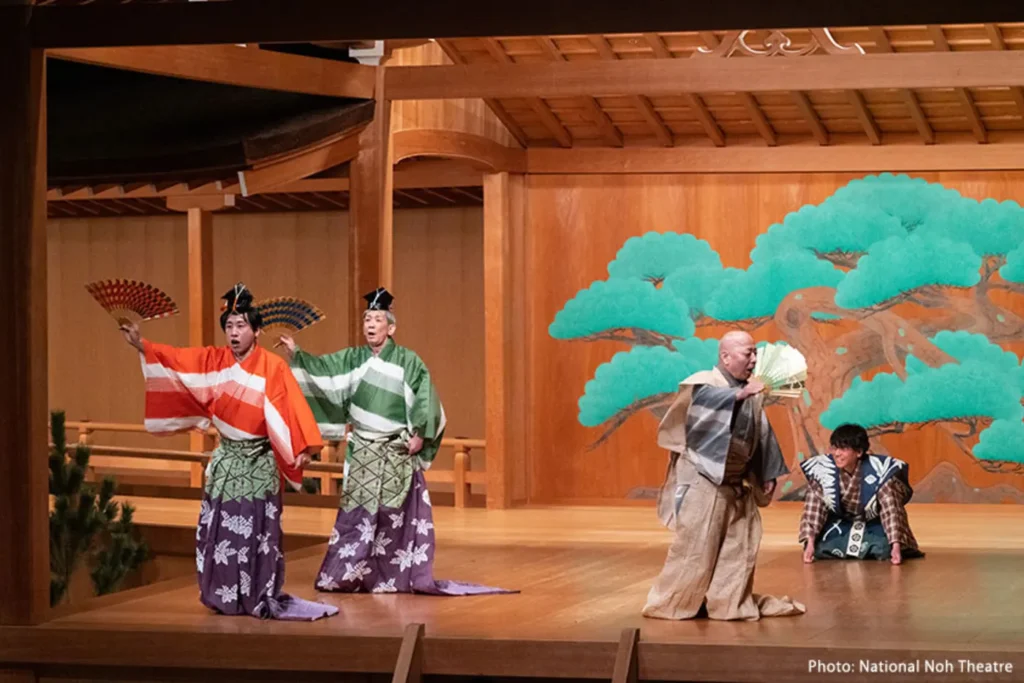
These traditional forms of theater use music, dance, and elaborate costumes to bring ancient tales to life.
Experiencing Japanese Culture as a Visitor
Participating in Local Festivals
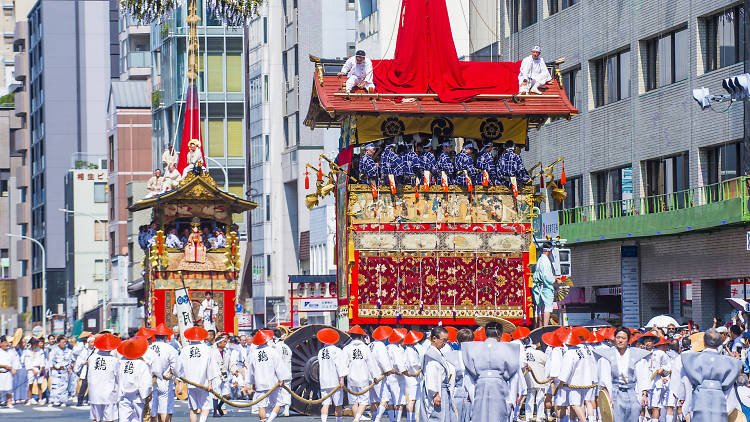
Visitors are often welcome to join festivals. Just be respectful—observe customs, dress appropriately, and participate wholeheartedly.
Sampling Authentic Japanese Cuisine
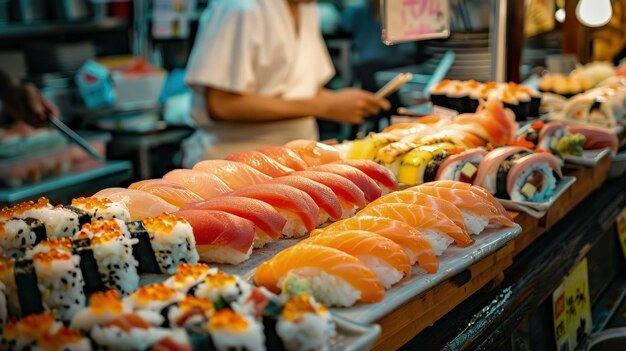
Venture beyond sushi and ramen. Try kaiseki (multi-course meals) or regional specialties for a true taste of Japan.
Exploring Folklore through Museums and Tours

Visit places like the Edo-Tokyo Museum or local folklore villages to immerse yourself in Japan’s mythical past.
Also Visit:-
Celebrate Your Love with Romantic Getaways in Paris
Top 10 Cultural Experiences in Japan You Must Try
Exploring the Most Authentic Cultural Experiences in Japan
Your Ultimate Guide to Cultural Experiences in Japan
5 Unique Cultural Experiences in Japan Off the Beaten Path
Conclusion
From its lively festivals to its exquisite cuisine and enchanting folklore, Japan is a cultural treasure trove. Every experience offers a deeper understanding of its people, traditions, and values. So, why wait? Start planning your cultural journey to Japan today!

